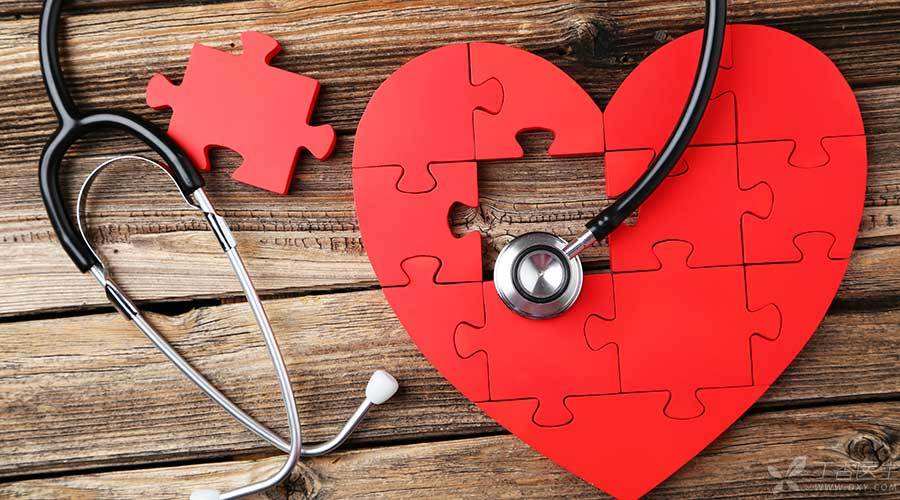
Controlling blood pressure is not an overnight thing. Weather changes, mood and physical condition will all lead to fluctuations in blood pressure and physical discomfort.
Some of these discomforts may not be handled. However, some are warning signals that cannot be ignored.
For example, patients suffer from sudden nausea, vomiting, severe headache, chest pain, palpitation and even blurred vision, accompanied by sudden and obvious increase in blood pressure, which may be hypertension emergencies or other critical complications of acute hypertension.
Here are some common warning signals and countermeasures.
1. Acute cerebrovascular diseases
If hypertension patients suffer from sudden headache and vomiting, numbness of limbs, skewed mouth angle, unclear speech, paralysis and consciousness disorder, it may be acute cerebrovascular diseases.
Treatment: Call the emergency center immediately and lie down at the same time. Lean your head to one side to prevent vomitus from inhaling into the airway, causing aspiration, asphyxia or aspiration pneumonia.
2. Acute left heart failure
If the patient suddenly has palpitations, shortness of breath, purple lips, dyspnea and cough pink foam sputum, acute left heart failure may occur.
Treatment: Patients with acute left heart failure generally have difficulty lying down, and can take sitting position with drooping legs. At the same time, call the emergency center immediately, and inhale oxygen immediately if conditions permit.
3. Acute myocardial infarction
After overwork or mental stimulation, the patient suddenly developed precordial pain and chest tightness, which radiated to the left shoulder or left upper limb, with pale complexion and cold sweat, which may be acute angina pectoris or myocardial infarction.
Treatment: If the patient has had angina pectoris attack before and feels that the attack is no different from usual, it can be treated according to the previous method, usually quiet rest, sublingual nitroglycerin, oxygen inhalation, etc.
If there has been no angina pectoris attack, or the attack feeling is obviously different from that before, you should rest immediately, either lie down or sit down, and call the emergency center immediately at the same time, so that you can inhale oxygen if conditions permit.
4. Aortic dissection
Hypertensive patients suddenly suffer from persistent pain in the chest or chest and back, which feels like a knife cut or a tear. Sometimes the pain will also occur in the back, especially in the middle of the two scapulae, and even in the abdomen. This situation may be caused by radiation from the interlayer area of aortic dissection to the chest, abdomen and lower limbs, which may be aortic dissection.
Handling: Absolute bed rest is required and call the emergency center immediately.
5. Pulmonary embolism
If there is hypertension and patients who have been diagnosed with atrial fibrillation, sudden dyspnea, chest pain, hemoptysis, purple lips, dysphoria, panic and even dying sensation should be careful, which may be pulmonary embolism.
Handling: Absolutely stay in bed immediately, do not get up or move, and try to maintain emotional stability. If there are oxygen inhalation conditions at home, you should immediately inhale oxygen and call the emergency center at the same time.
In the event of hypertension-related emergencies such as the above, patients and their families should first keep calm, rest in bed or sit quietly immediately, stabilize their emotions, avoid tension as much as possible, take appropriate antihypertensive drugs or other emergency drugs when necessary (blood pressure cannot drop too fast or too low), and call the emergency center immediately.
Copyright of Clove Garden. No reprinting is allowed without permission.
